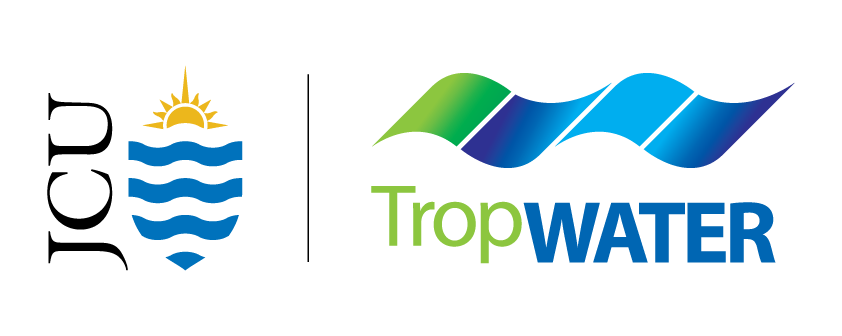
Great Barrier Reef, Torres Strait, Pacific Islands
Location
We are developing remote sensing technologies in conjunction with long-term water quality databases to examine spatial and temporal water quality trends for global marine ecosystems.
By integrating satellite images, ocean colour advanced remote sensing technology and water quality measurements, we can map and monitor water quality conditions across ocean expansive areas.
Our remote sensing products can be used to understand water quality conditions in the Great Barrier Reef and Torres Strait and have been used by managers to identify areas of greatest risk to coastal and marine ecosystems.
Key points
Large scale water quality monitoring using remote sensing
Challenges in monitoring water quality across vast areas
Research shows that terrestrial runoff can impact large geographical areas, influencing the water quality of marine ecosystems and putting pressure on these habitats.
The Great Barrier Reef, which spans 344,400 square kilometres and includes 35 river basins, is susceptible to poor water quality, particularly in inshore areas. It can experience terrestrial runoff and flood plumes that extend over 700 kilometres, covering large areas of vital inshore and some midshelf ecosystems.
Given the vast area of the Great Barrier Reef and similar oceanic reef ecosystems, the rapid variability in water quality over time and space, and the need to understand the range of conditions, traditional in-field monitoring methods often fall short in capturing comprehensive data. These challenges make it difficult for managers to fully understand water quality conditions and trends necessary for informing targeted management actions.
Using advanced remote sensing for water quality monitoring
Our research focuses on utilising satellite images and advanced remote sensing technology to map and monitor water quality conditions from ocean colour products across expansive reef ecosystems such as the Great Barrier Reef, Torres Strait, Pacific Islands and Gulf of Carpentaria.
By interpreting and classifying ocean colour products, we generate extensive data on water quality conditions, providing crucial insights for effective environmental management. This approach bridges knowledge gaps, supports the development of unique methods, and offers comprehensive information essential for managing large and dynamic environments.
To achieve this, we are:
Analysing ocean colour using medium-resolution satellite data to provide valuable insights into water quality, particularly water clarity and primary productivity levels.
Integrating satellite data with on-site water quality monitoring data to classify water colour into 'optical water types' using sophisticated algorithms. Each optical type corresponds to specific combinations and levels of suspended sediments, chlorophyll-a, coloured dissolved organic matter, and other factors.
Offering reliable water quality assessments over vast areas, providing cost-effective insights into coastal and marine water quality status and trends.
How remote sensing helps reef conservation
Remote sensing products are integrated with ecological health data, including information about seagrass and coral reef condition. This approach helps identify areas where ecosystems may be vulnerable to land-based runoff, giving critical insights for conservation and management efforts.
This research contributes to the Great Barrier Reef Marine Park Authority’s Marine Monitoring Program, partnering with Australian Institute of Marine Science and Cape York Water Monitoring Partnership.
Under this program we report trends and conditions in the Great Barrier Reef every year through the Marine Monitoring Program Annual Reports. The data informs the Paddock to Reef Integrated Monitoring, Modelling and Reporting Program, Reef Plan 2050 Water Quality Improvement Plan, Reef 2050 Long-term Sustainability Plan, the five-yearly Outlook Report, and the regional water quality report cards.
Research support



Research leads









